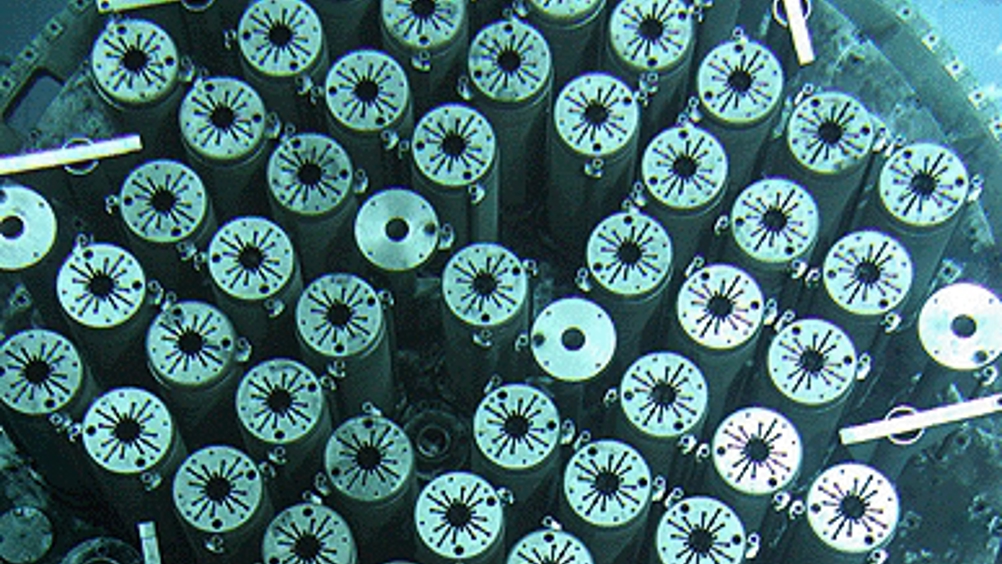Vitrification could improve safety of ILW treatment
Studies have found that vitrifying intermediate-level nuclear waste (ILW) is a viable alternative to encapsulating waste in specially formulated cement.

ILW makes up more than three quarters of the volume of material destined for geological disposal in the UK, according to a report entitled Radioactive Waste in the UK: The 2010 Estimate of Radioactive Waste for Geological Disposal.
The UK’s preferred method is to encapsulate ILW using a method in which the waste is mixed with cement and sealed in steel drums in preparation for disposal deep underground.
Two studies, published in the latest issues of the Journal of Nuclear Materials and European Journal of Glass Science and Technology A show that vitrifying this kind of waste could be a better method for its long-term storage, transport and eventual disposal.
High-level waste (HLW) is already processed using this technology, which reduces the reactivity and the volume of the waste produced. Until now, this method has not been considered suitable for ILW because the technology was not developed to handle large quantities of waste composed from a variety of different materials.
Register now to continue reading
Thanks for visiting The Engineer. You’ve now reached your monthly limit of news stories. Register for free to unlock unlimited access to all of our news coverage, as well as premium content including opinion, in-depth features and special reports.
Benefits of registering
-
In-depth insights and coverage of key emerging trends
-
Unrestricted access to special reports throughout the year
-
Daily technology news delivered straight to your inbox










Apprenticeship Funding Cuts to Cost Employers £214m
I had no idea the taxpayer was funding such an advanced level of education. Certainly graduates and post-graduates don´t receive comparable financial...